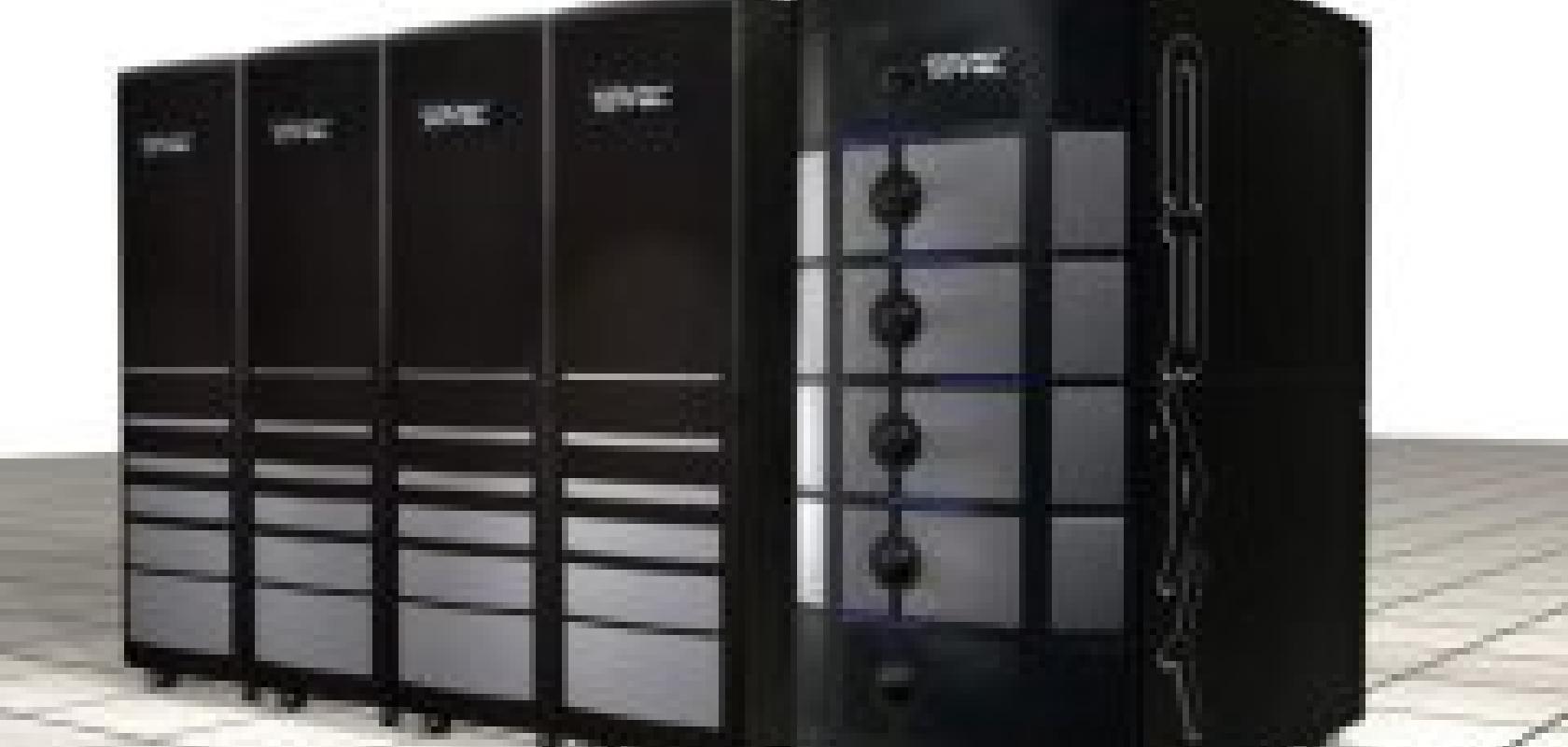Cray has developed a new method of processing large volumes of data that separates the job onto three different kinds of processors, each suited to different types of data manipulation. The technique should create faster and more efficient supercomputers.
The new technique will be evident in Cray’s new XT5h units, available in early 2008. The company claims this is the next step on the road to its vision of ‘adaptive supercomputing’, which should hide the complexity of high-performance computing behind an easy-to-use interface.
In addition to the standard AMD Opteron microprocessors found in most computers, the system makes use of vector processors that have a larger memory and that can share information more quickly than conventional chips. These chips are ideal for memory intensive codes that require a lot of information to be stored.
The system also contains FPGA chips, which can be programmed directly on the hardware of the chip rather than through an operating system. Although this does make it more difficult to alter the programming once an application has started, these chips are particularly good at performing repetitive operations very quickly.
By integrating these chips into one system, users can split processing jobs onto whatever processor would best suit the requirements of the computations. The Swiss National Supercomputing Centre has already bought XT5h units to perform more accurate weather forecasting. To do this, scientists need to solve fluid dynamics equations high in the atmosphere, close to the land and over the sea, each of which can be handled by a different processor.
For example, weather systems are unlikely to vary rapidly over vast expanses of land, so these computations are often repetitive and suited to the FPGA architecture. However, the calculations are often more complicated over the ocean and sea ice that cover a greater amount of data, so the vector processors are more useful in this case. The more standard, Opteron chips are more suited to calculating the scalar processes in the atmosphere.
To integrate all these different chips together, Cray have developed a highly efficient method of connecting the different processors together that has increased performance by 30 per cent compared to previous models.
However, according to Jan Silverman, Cray's senior vice president of corporate strategy and business development, this is just the first step on the road to a new type of supercomputer that will allow individual chips to take on different ‘personalities’ while operating in a single code. ‘You will be able to submit code to the computer and it will automatically parallelise it,’ he told scientific-computing.com. He likened this to the move from DOS to Windows, where everything is much more intuitive.

